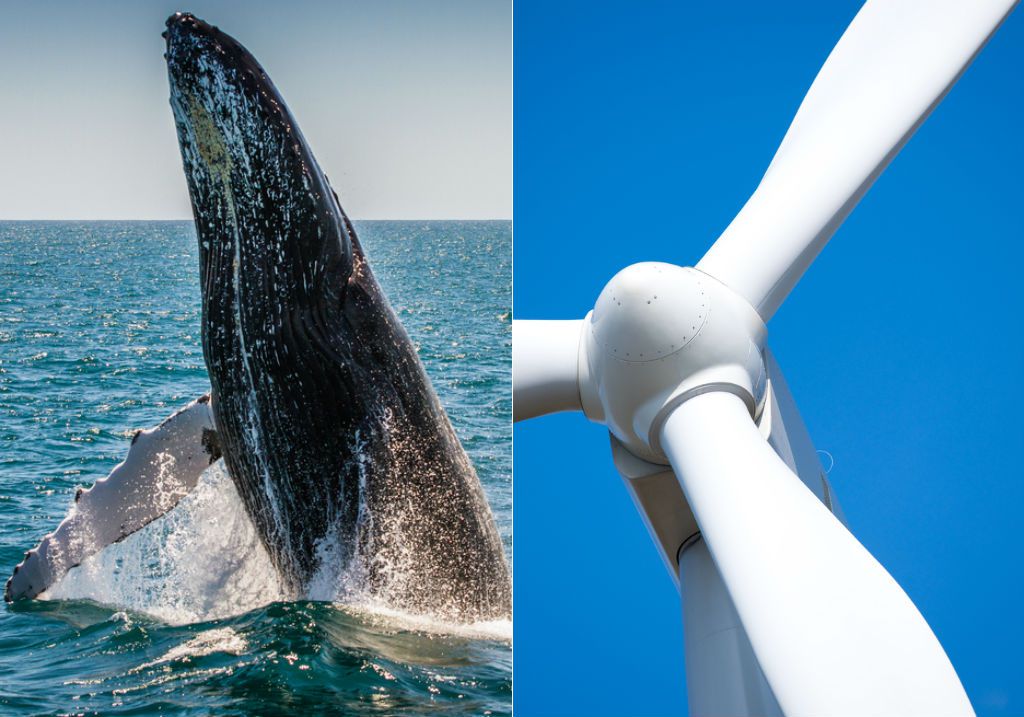At The Global College, our aim is to prepare the leaders of tomorrow to be equipped with the tools to face the challenges we face as a global community. One of the key challenges the world faces is that of climate change and working towards a more sustainable way of living. And what better way to learn how to tackle these challenges than to learn from nature itself?
As part of our science curriculum our students study with the IB Diploma, they’ll learn about a topic that is driving the creation of sustainable solutions today: biomimicry. In this post, we take a greater look at what that means.
Biomimicry is an innovative approach to design and problem-solving that looks to nature for inspiration. It is a relatively new field that draws on billions of years of evolution to create innovative solutions that are sustainable, efficient, and effective. By studying the strategies, patterns, and systems of nature, biomimicry aims to create new technologies, materials, and processes that are more efficient, sustainable, and aligned with natural systems.
Where does the term biomimicry come from?
The term “biomimicry” comes from the Greek words “bios” meaning life and “mimesis” meaning to imitate. This approach to design is grounded in the idea that nature has already solved many of the problems that we face today, and that by emulating the designs found in nature, we can create more efficient and sustainable solutions to our own challenges.
Examples of biomimicry
Examples of biomimicry are found in many different areas of design, from architecture to transportation, and from medicine to energy production. Here are a few examples:
- Velcro: One of the most famous examples of biomimicry is Velcro, which was inspired by the tiny hooks found on the burrs of the burdock plant. The inventor of Velcro, Georges de Mestral, noticed how the hooks on the burrs stuck to his dog’s fur, and he realised that he could create a similar fastener by using tiny hooks and loops.
- Solar Cells: Another example of biomimicry is the development of solar cells that mimic the way that plants convert sunlight into energy. Researchers have studied the structure of plant cells and used this knowledge to design more efficient solar cells.
- Wind Turbines: Wind turbines are another example of biomimicry, as they have been designed to mimic the shape and movement of the fins of a whale or a dolphin. By studying the way that these marine animals move through the water, engineers have been able to design more efficient wind turbines.
- Buildings: Architects have also used biomimicry to design buildings that are more energy-efficient and sustainable.
- Medical Adhesives: Researchers have also looked to nature to develop medical adhesives that can be used in surgery. The adhesive used in medical tape is based on the way that geckos are able to stick to surfaces, even when they are upside down.
- Water Collection: In some parts of the world where water is scarce, biomimicry has been used to develop water collection systems that mimic the way that desert beetles collect water. These systems use a special material that collects water from the air, even in arid environments.
Overall, biomimicry is a promising approach to design that has the potential to create more sustainable, efficient, and effective solutions to our challenges. By looking to nature for inspiration, we can learn from billions of years of evolution and create a better future for ourselves and the planet.




